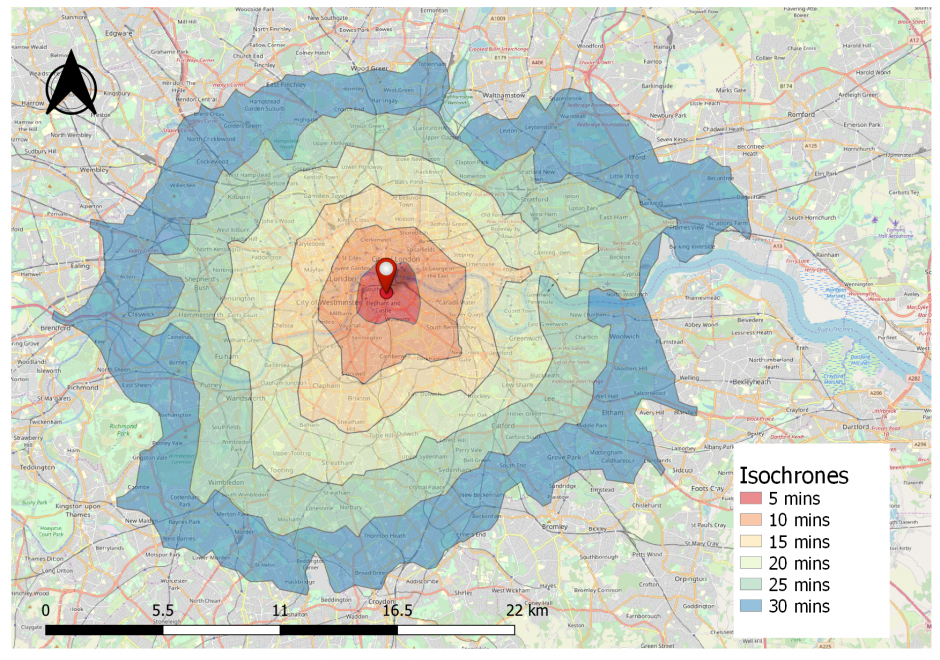AM-50 - Distance Operations

Distance is a central concept in geography, and consequently, there are various types of operations that leverage the concept of distance. This short article introduces common distance measures, the purpose of distance operations, different types of operations and considerations, as well as sample applications in the physical and social domains. Distance operations can be performed on both vector or raster data, but the operations and results may differ. While performing distance operations, it is important to remember how distance is conceptualized while performing the operation.





DM-20 - Discrete entities